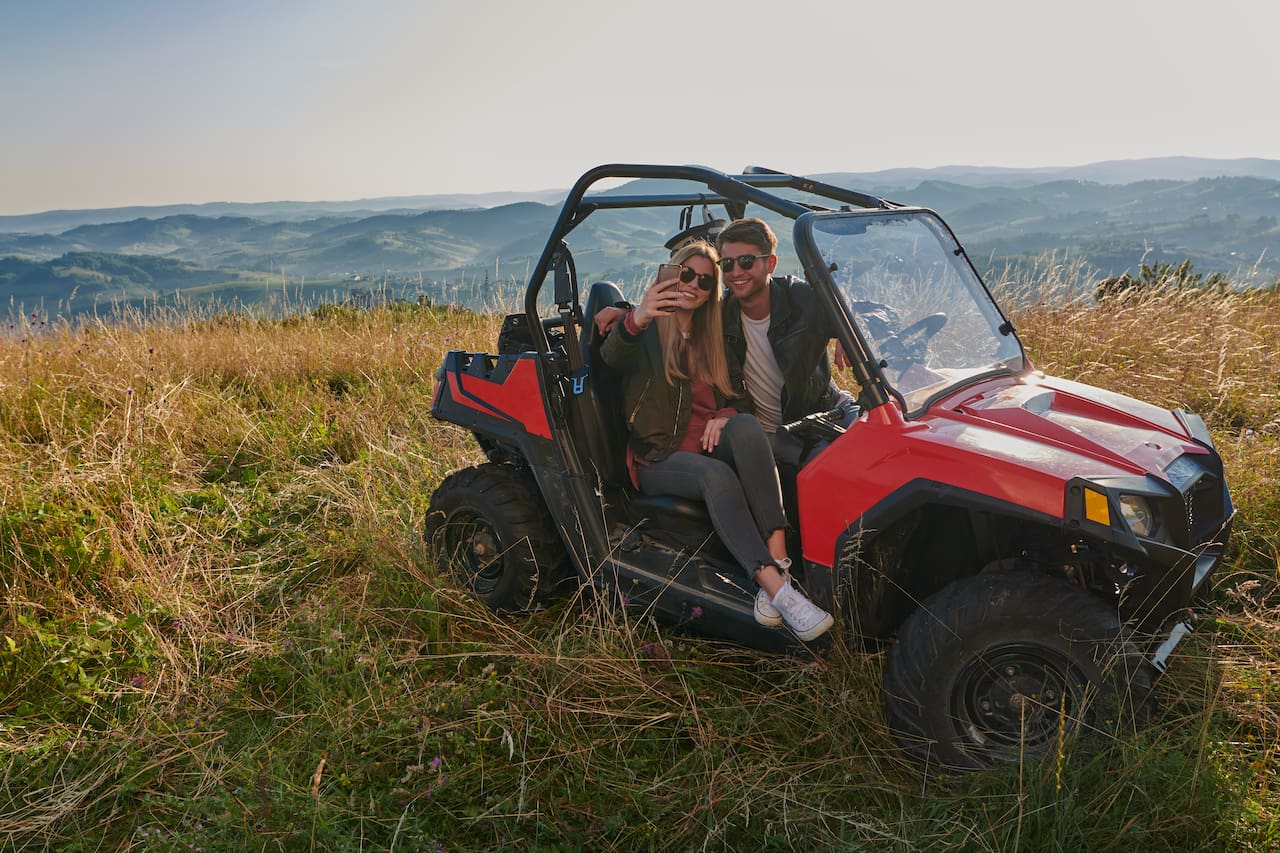UTV enthusiasts know that capturing breathtaking footage of their off-road adventures not only preserves memories but also enhances safety and ride enjoyment. Whether you’re showcasing custom builds or just celebrating the thrill of the ride, mastering UTV filming can elevate your riding experience and boost confidence behind the wheel.

Understanding UTV Filming: What You Need to Know
When it comes to filming your UTV adventures, understanding the basics is as important as the ride itself. Factors like camera mounting challenges, stabilization issues on rough terrain, and varying lighting and weather conditions all contribute to the final quality of your UTV video. It’s essential for every rider to be aware of these aspects to ensure that their footage accurately reflects the excitement and technical skill involved.
Enhance your UTV skills with expert advice on improving your ride and learn how to overcome common filming challenges through practical insights.
Key Elements to Consider:
- Camera Mounting Challenges: Secure mounting is critical to prevent shaky footage. Uneven terrain can lead to misaligned cameras, so investing in proper mounts is key.
- Stabilization on Rough Rides: Vibration and sudden movements can cause blurry video. Understanding stabilization techniques will help maintain clarity.
- Lighting and Weather Conditions: Outdoor filming is unpredictable. Adjusting camera settings to combat low light or harsh sunlight can make a big difference.
Key Techniques for UTV Filming
To capture high-quality UTV video, consider incorporating proven techniques that professionals use. These approaches not only improve the aesthetics of your footage but also enhance safety and riding confidence. Upgrade your filming setup with top UTV filming gear recommended by industry experts.
Essential Steps for Superior UTV Filming:
- Proper Camera Mounting: Ensuring that your camera is securely attached is paramount. Use rugged, weather-resistant mounts to stabilize your shot and minimize vibrations.
- Choosing the Right Action Camera: Invest in an action camera that offers high resolution and durability under harsh conditions. Models with advanced stabilization features can drastically improve video quality.
- Optimizing Camera Settings: Familiarize yourself with settings such as frame rate, shutter speed, and ISO. Experimenting with these can help you capture smoother, more vibrant footage.
- Using Stabilization Equipment: Consider additional stabilization tools such as gimbals or vibration-dampening mounts to counteract the bumpy ride, ensuring a cinematic experience.
Putting it into Practice: Steps for UTV Filming
Now that you understand the fundamental techniques, it’s time to put theory into practice. Start with a simple plan and refine your approach as you gain more experience. For more detailed guides and practical tips, check out exploring UTV filming tips.
Step-by-Step Guide:
- Plan Your Shots and Ride Route: Before heading out, map out the course where you intend to film. Identify scenic spots and challenging segments where unique angles can capture the action.
- Test Your Camera Setup: Once on-site, experiment with different angles and settings. Conduct short test recordings to ensure the camera is stable and the image quality meets your expectations.
- Focus on Safety and Functionality: While capturing thrilling footage is your goal, never compromise on safety. Regularly inspect your gear, secure loose equipment, and prioritize safe riding practices.
- Review and Adjust: After your ride, review the footage critically. Identify areas for improvement—whether it’s adjusting camera angles, updating settings, or enhancing stabilization methods.
- Plan for Variety: Vary your filming methods by using different mounting points and experimenting with handheld shots or drone footage, if possible.
Best Practices for UTV Filming
Consistency and preparation are critical. Always check your equipment before each ride, and be ready to adapt to changing weather and terrain. Regular maintenance of your UTV and filming gear can prevent mechanical issues and ensure that every shot is captured without interruption. Keeping backup batteries and extra memory cards on hand is also a smart move.
Seeking Further Improvement and Expert Guidance
If you find that your footage isn’t quite meeting your expectations, or you’re struggling with complex filming techniques, consider reaching out for expert advice. Sometimes, professional insights can make all the difference in perfecting your craft. For additional tips and tailored assistance, look into professional UTV filming guidance.
Remember, continuous practice is the secret to success. Every ride offers new challenges and opportunities to refine your skills. Don’t hesitate to revisit your techniques, experiment with new equipment, and learn from your experiences on the trail.
Main Points to Remember
Capturing high-quality UTV footage is both an art and a science. Remember to secure your equipment properly, choose the right action camera, and adjust your settings to suit the conditions. Always prioritize safety and review your footage to identify areas for improvement. With practice and the right tools, your UTV videos can truly reflect the thrill and excitement of every adventure.
Happy filming and safe riding!
